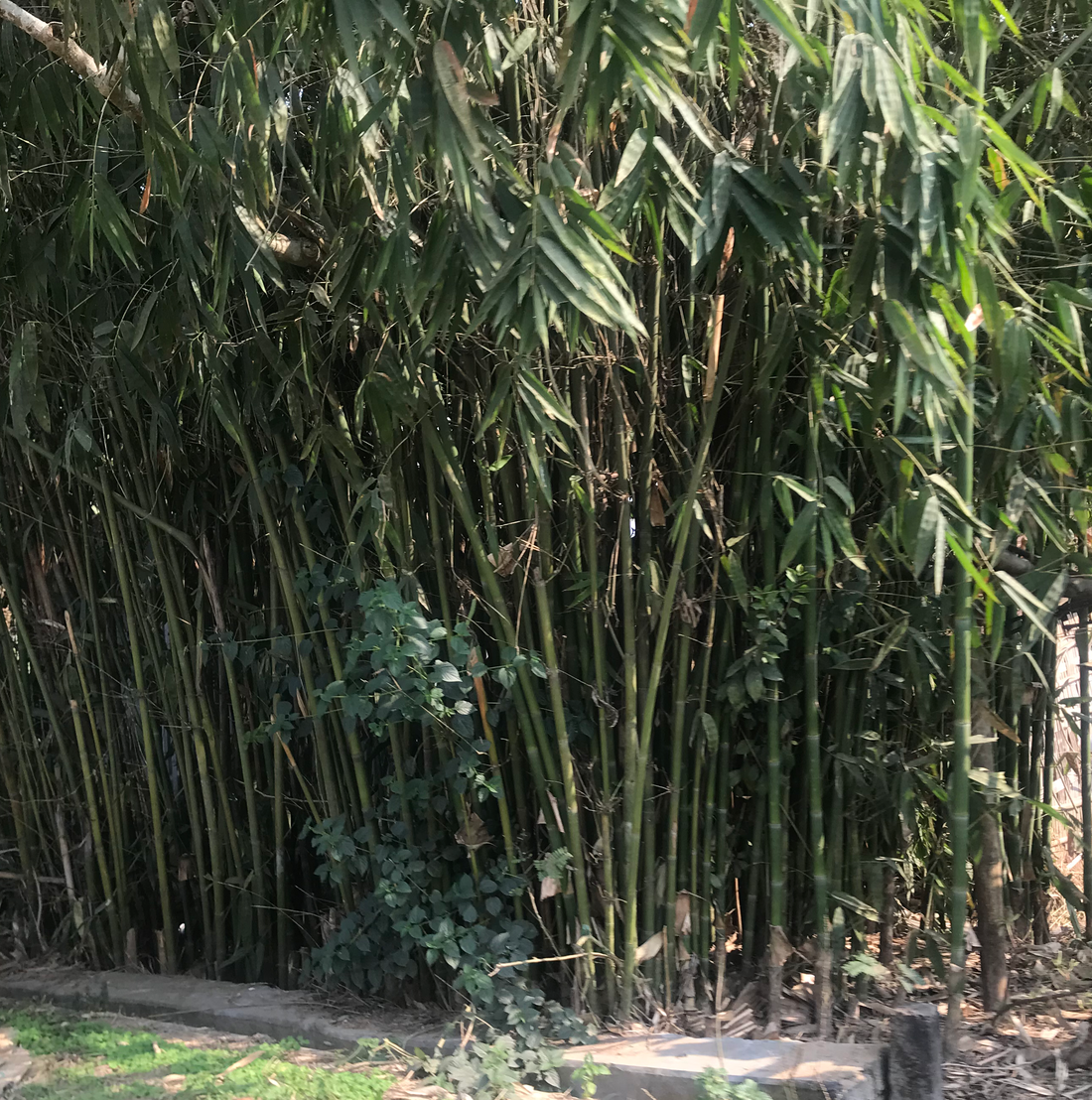
Caring for Your Bamboo Plant
Share
Bamboo plants are not just beautiful additions to your home or garden, but they are also known for their resilience and easy-going nature. With the right care and attention, your bamboo plant will thrive and flourish, bringing a touch of natural beauty and a sense of tranquility to your space. Here is your comprehensive guide to ensuring the health and vitality of your beloved bamboo plant.
Watering: The Foundation of Bamboo Care
Watering your bamboo plant is of utmost importance. Aim to water it at least once a day, especially when the soil feels dry to the touch. It is recommended to use bottled, distilled, or filtered water to avoid any potential harm from chemicals found in tap water. Bamboo plants prefer moist but well-drained soil, so ensure that your pot has adequate drainage holes. Overwatering can be just as detrimental as underwatering, so always check the moisture level of the soil before reaching for the watering can.
Nutrition: Feeding Your Bamboo Plant
Fertilizing your bamboo plant is essential to its growth and overall health. Opt for a balanced fertilizer designed specifically for indoor plants, and apply it twice a month. Be cautious not to over-fertilize, as this can weaken the plant and make it more susceptible to diseases. Follow the instructions on the fertilizer package, and adjust the dosage based on the size and age of your bamboo plant.
Pruning: Encouraging Healthy Growth
Pruning your bamboo plant is an important step in maintaining its health and promoting vigorous growth. Regular pruning helps shape the plant, encourages new shoots to emerge, and removes any dead or diseased foliage. Always use sharp, clean pruning shears, and make angled cuts just above the node of the stem. Avoid over-pruning, as this can stress the plant. Aim for a balanced and natural look.
Repotting: Accommodating Your Bamboo's Growth
Keep a close eye on the root system of your bamboo plant, especially if it is potted. Bamboo plants can outgrow their containers, so if you notice roots growing through the drainage holes or the plant appears pot-bound, it's time to repot. Choose a larger container with ample drainage holes, and use a well-draining potting mix. Repotting is also an excellent opportunity to refresh the soil and provide your bamboo with additional nutrients.
Sunlight: Providing the Right Illumination
Bamboo plants thrive in bright, indirect sunlight. Place your plant near a window that receives ample natural light, but avoid direct sunlight, as it can scorch the delicate leaves. If you don't have access to a bright window, consider supplementing with artificial lighting. Grow lights can provide the necessary illumination to keep your bamboo happy and healthy.
Soil: The Right Medium for Growth
Ensure your bamboo plant is potted in well-draining, nutrient-rich soil. A mixture of potting soil and perlite or pumice is ideal, as it provides the perfect balance of moisture retention and aeration. The soil should be slightly acidic, with a pH level between 5.5 and 6.5. Regularly check the pH level and adjust it if necessary by adding appropriate amendments.
Humidity: Recreating the Natural Environment
Bamboo plants prefer moderate to high humidity levels. If your indoor environment is on the drier side, consider misting the leaves occasionally or placing the pot on a tray of pebbles and water. This simple trick will help increase the humidity around the plant, creating a more favorable environment for its growth.
Temperature: Maintaining Comfortable Conditions
These plants typically thrive in warm temperatures between 65-85°F (18-30°C). Protect your bamboo plant from drafts, sudden temperature changes, and extreme heat or cold. If you're growing bamboo outdoors, choose a location that receives morning sun and afternoon shade, as intense midday sun can be damaging.
Pest and Disease Control: Keeping Your Bamboo Healthy
Be vigilant for any signs of pests or diseases. Common issues with bamboo plants include spider mites, scale insects, and fungal infections. Regularly inspect the leaves, stems, and soil for any abnormalities. If you spot any pests, isolate the plant and treat it with appropriate insecticidal soap or neem oil. For fungal infections, remove affected foliage and treat with a fungicide.
Bamboo Varieties: Understanding Your Plant's Needs
Different bamboo varieties have unique characteristics and requirements. Some bamboo species prefer full sun, while others thrive in partial shade. Some are more cold-hardy than others. Research the specific needs of your bamboo variety and provide the necessary care. This will ensure your plant reaches its full potential.
Propagation: Growing Your Bamboo Family
Bamboo plants can be propagated through division or cuttings. If you have a thriving bamboo plant, you can divide the rhizomes and transplant them to create new plants. Alternatively, you can take cuttings from healthy stems and root them in water or a growing medium. Propagation is a rewarding way to expand your bamboo collection and share your love of bamboo with others.
The Rewards of Bamboo Care: A Thriving, Beautiful Plant
By following these comprehensive care instructions, your bamboo plant will reward you with its lush, vibrant presence for years to come. Bamboo plants are known for their rapid growth, so don't be surprised if your plant outgrows its space and needs repotting or division. Enjoy the process of caring for your bamboo and witnessing its transformation.
Remember, the first few weeks after planting or repotting are critical for establishing a healthy root system. During this time, water your bamboo plant daily and provide it with extra care. With your dedication and attention, your bamboo plant will flourish, adding a touch of natural beauty and serenity to your surroundings. Happy growing!
